

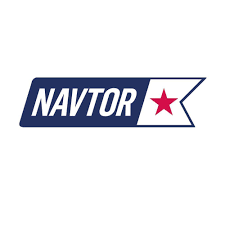

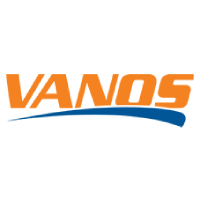
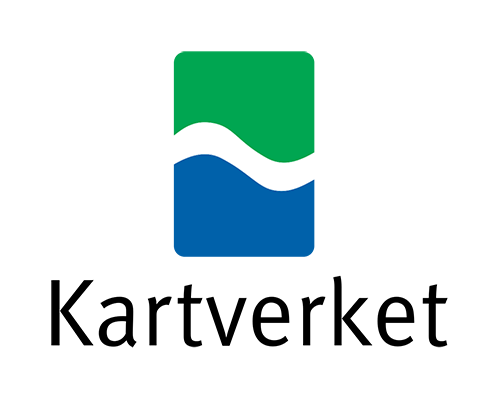
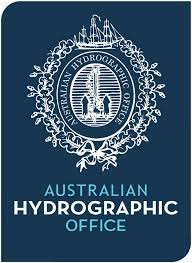
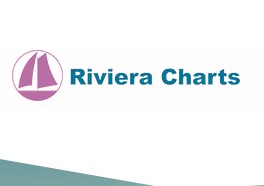
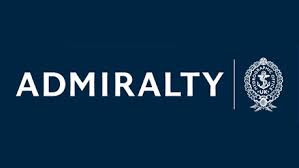

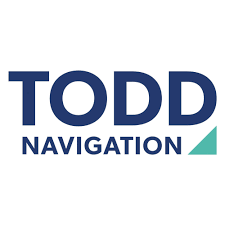




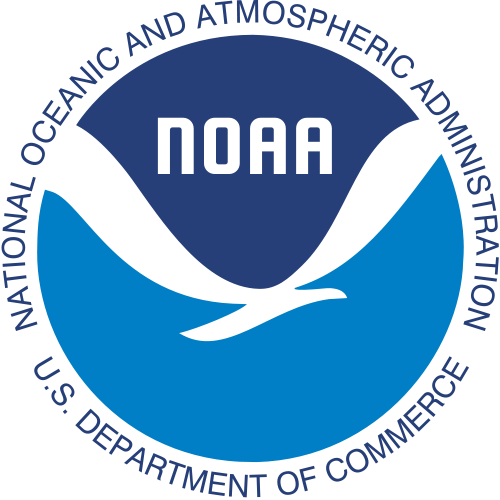
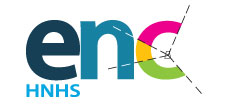
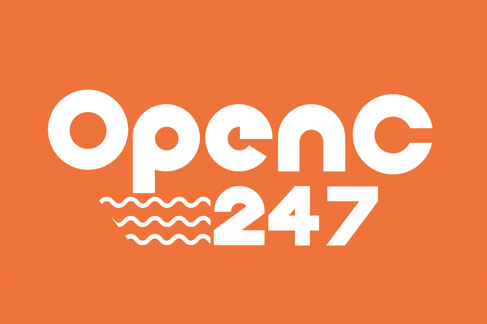

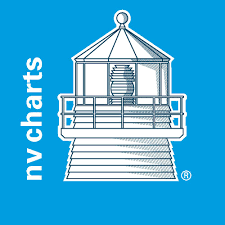
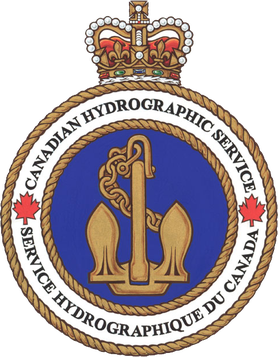
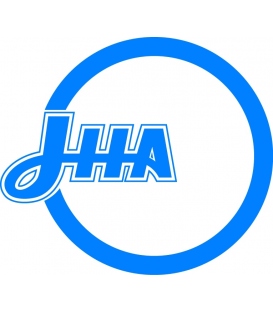


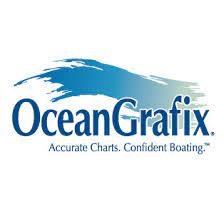

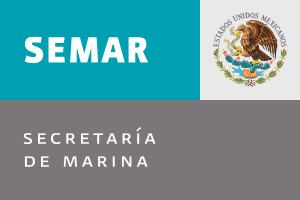
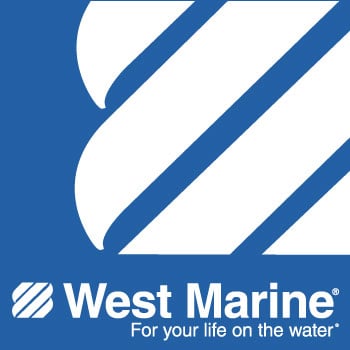
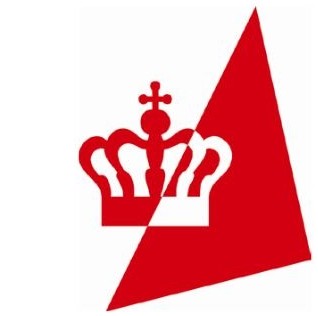

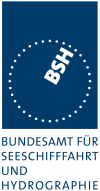

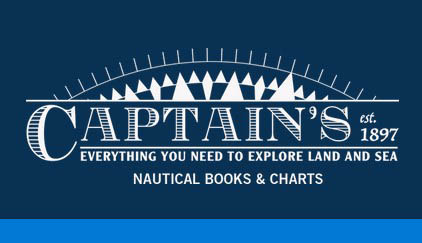


Whilst ENC (electronic nautical charts) use is constantly increasing, the use of traditional paper nautical charts is decreasing. Sales of NOAA paper nautical charts have dropped nearly 60% since 2010, sustaining a downward trend that started over two decades ago (see Figures below). The IHO Nautical Cartography Working Group documented similar declining sales of paper charts published by many other hydrographic offices around the world in their “Future of the Paper Nautical Chart Final Report”, released in August 2020.
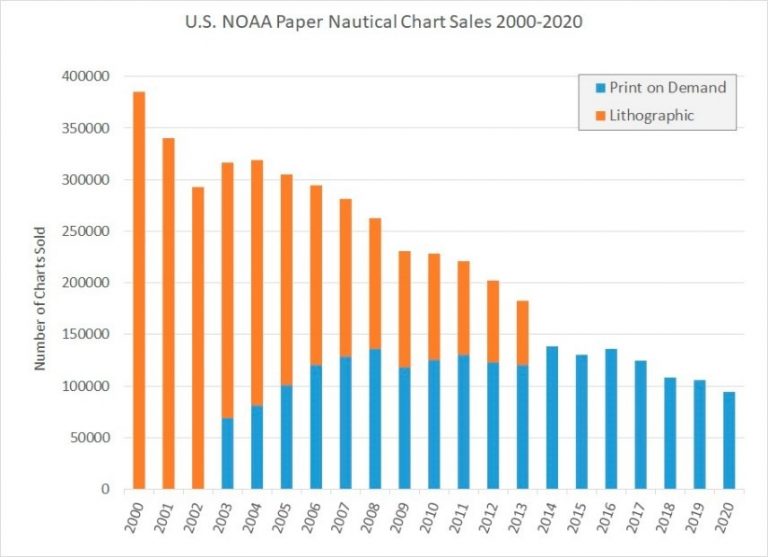
(Stats figures by N.O.A.A.) - NOAA has distributed paper nautical charts exclusively through commercial print -on-demand partners since 2014. Sales of both lithographic and print-on-demand paper charts have been declining for over two decades as the sales stats above demonstrate.
Guided by these trends, NOAA initiated a program to phase out its traditional paper nautical charts and their corresponding raster chart products and services
(source: International Hydrographic Organization (IHO) - https://ihr.iho.int/articles/the-end-of-traditional-paper-charts-the-final-transition-to-electronic-navigational-charts/ )
ENC data is produced by many countries and used by mariners around the world. In addition to the ECDIS (Electronic Chart Display & Information Systems) equipment used by large ocean-going vessels, ENCs can also be used in a growing variety of electronic chart systems (ECS), chart plotters, and mobile devices by professional mariners and leisure craft owners alike. Use of ENCs also enables real-time vessel positioning and automated alarms or indications of unsafe conditions during voyage planning and while underway – safety features that paper charts cannot provide. These are clear indications that ENCs are already an important part of the marine navigation “ecosystem” and will be even more so in the future.
Whilst ENC (electronic nautical charts) use is constantly increasing, the use of traditional paper nautical charts is decreasing. Sales of NOAA paper nautical charts have dropped nearly 60% since 2010, sustaining a downward trend that started over two decades ago (see Figures below). The IHO Nautical Cartography Working Group documented similar declining sales of paper charts published by many other hydrographic offices around the world in their “Future of the Paper Nautical Chart Final Report”, released in August 2020.
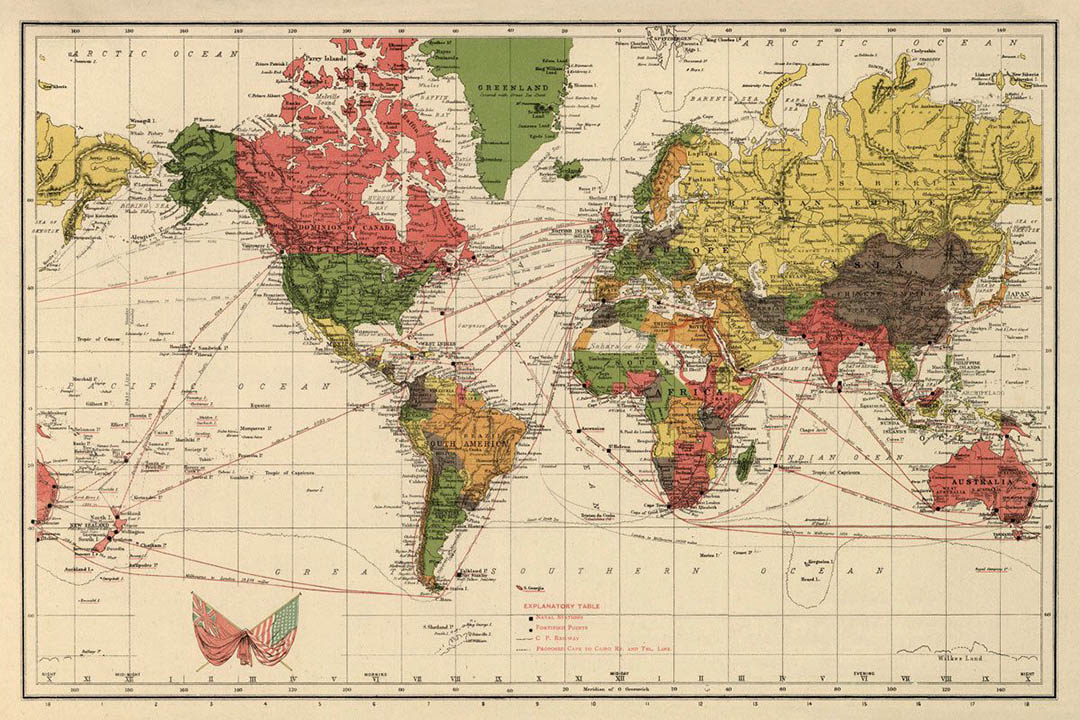
Nautical Charts (Paper Nautical Charts / Standard Nautical Charts (SNC)) are based on hydrographic surveys. As surveying is laborious and time-consuming, hydrographic data for many areas of sea may be dated and are sometimes unreliable. Depths are measured in a variety of ways. Historically the sounding line was used. In modern times, echo sounding is used for measuring the seabed in the open sea. When measuring the safe depth of water over an entire obstruction, such as a shipwreck, the minimum depth is checked by sweeping the area with a length of horizontal wire. This ensures that difficult to find projections, such as masts, do not present a danger to vessels navigating over the obstruction.
Nautical charts are issued by power of the National Hydrographic Offices in many countries. These charts are considered "official" in contrast to those made by commercial publishers. Many hydrographic offices provide regular, sometimes weekly, manual updates of their charts through their sales agents. Individual hydrographic offices produce national chart series and international chart series. Coordinated by the International Hydrographic Organization, the international chart series is a worldwide system of charts ("INT" chart series), which is being developed with the goal of unifying as many chart systems as possible.
There are also commercially published charts, some of which may carry additional information of particular interest, e.g. for yacht skippers.
(SOURCE: wikipedia - Nautical Charts)


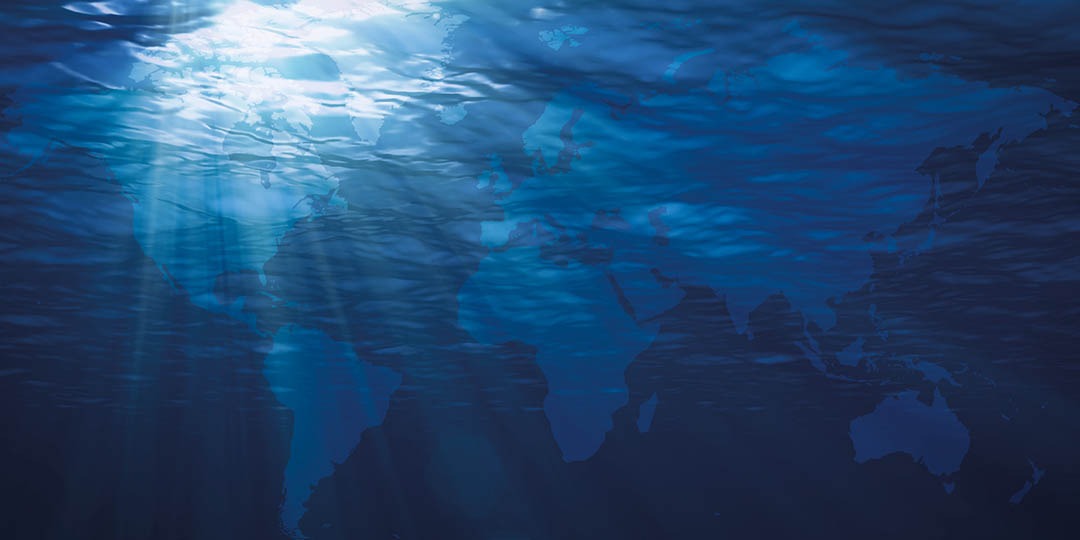




Find all top providers of Marine Navigation products & services for safe Maritime Voyage Planning